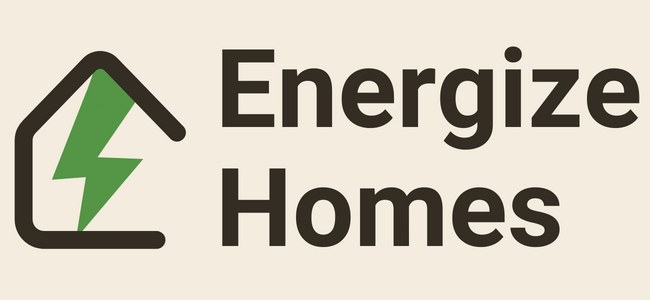Evaluating the Most Energy-Efficient Insulation Materials for Single-Family Homes
In summary, while high-tech materials like Aerogel offer the highest R-value, closed-cell spray foam and Polyisocyanurate usually provide the best balance between thermal resistance and cost for single-family homes.
The quest for energy efficiency has never been more crucial, especially in the context of residential spaces. A significant part of reducing a home’s energy footprint lies in insulation—how we barricade ourselves from the external thermal environment dictates the energy we consume. In this article, we’ll delve deep into the most energy-efficient insulation materials suitable for single-family homes. We’ll examine R-values, thermal conductivity, material properties, and cost-benefit analyses to give you a rounded view.
R-Value: The Benchmark for Insulation Efficiency
When talking about insulation materials, the R-value is the holy grail. The R-value measures the thermal resistance of a material; a higher R-value means less heat is transferred through the material. Usually expressed in terms of R-value per inch, this metric allows for a better apples-to-apples comparison between materials that might have different thicknesses.
| Material Type | R-Value per Inch |
|---|---|
| Fiberglass | 2.2 – 4.3 |
| Mineral Wool | 3.1 – 3.4 |
| Polyisocyanurate | 5.6 – 6.5 |
| Closed-Cell Spray Foam | 6.0 – 7.14 |
| Aerogel | 10.0 |
Fiberglass: The Old Guard
Fiberglass is the most common insulation material in the market and is usually the go-to for residential insulation. It has an R-value ranging from 2.2 to 4.3 per inch. While its R-value is modest compared to more modern materials, it is non-combustible, non-corrosive, and cost-effective, making it a solid choice for those on a budget.
Mineral Wool: The Silent Performer
Mineral wool is a material often overshadowed by fiberglass but boasts an R-value of 3.1 to 3.4 per inch. Mineral wool has excellent fire resistance and sound-dampening properties. However, it is generally more expensive and less common than fiberglass.
Polyisocyanurate: The High-Efficiency Panel
Polyisocyanurate (often abbreviated as Polyiso) is a type of rigid foam board that offers a high R-value, ranging between 5.6 and 6.5 per inch. It’s particularly useful for applications where space is limited but high R-values are desired. However, Polyiso can be more expensive and may require specialized installation techniques.
Closed-Cell Spray Foam: The All-Rounder
Closed-cell spray foam is increasingly becoming the insulation material of choice for high-performance homes, with an R-value between 6.0 and 7.14 per inch. It offers the added benefit of acting as both an air and vapor barrier. However, its application is specialized and may require professional installation, thereby driving up costs.
Aerogel: The Future in a Silica Network
Aerogel is a high-tech material derived from a gel in which the liquid component is replaced by gas. It boasts an impressive R-value of around 10 per inch. Its downside is its prohibitive cost, making it suitable only for niche applications where maximum insulation efficiency is required regardless of cost.
Cost-Benefit Analysis
While evaluating the R-value per inch gives a good indication of efficiency, the cost of the material is another essential factor. Aerogel might have the highest R-value, but its cost can be a significant deterrent. Conversely, fiberglass, although lower in R-value, is more cost-effective.
| Material Type | Cost per sq. ft. | R-Value per Dollar |
|---|---|---|
| Fiberglass | $0.40 – $0.60 | 6.7 – 10.75 |
| Mineral Wool | $0.70 – $0.90 | 4.4 – 4.9 |
| Polyisocyanurate | $0.90 – $1.20 | 4.7 – 7.2 |
| Closed-Cell Spray Foam | $1.50 – $2.00 | 3.0 – 4.8 |
| Aerogel | $2.50 – $3.00 | 3.3 – 4.0 |
Conclusion
When evaluating insulation materials for a single-family home, the R-value per inch and cost per square foot are critical factors. Closed-cell spray foam and Polyisocyanurate offer the best balance between high R-value and practical application, but their costs can be prohibitive for some homeowners. Traditional materials like fiberglass and mineral wool continue to hold their own, offering a compromise between cost and performance.
